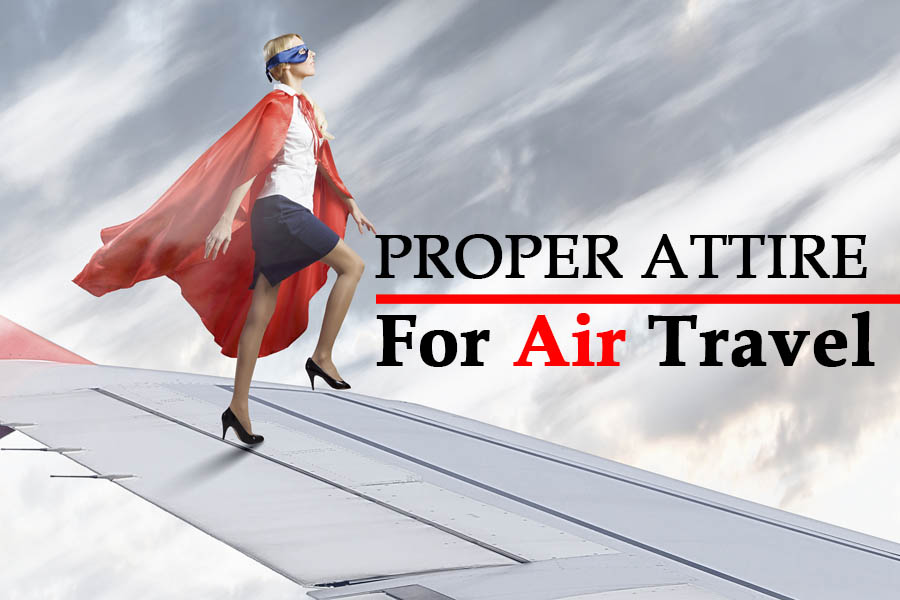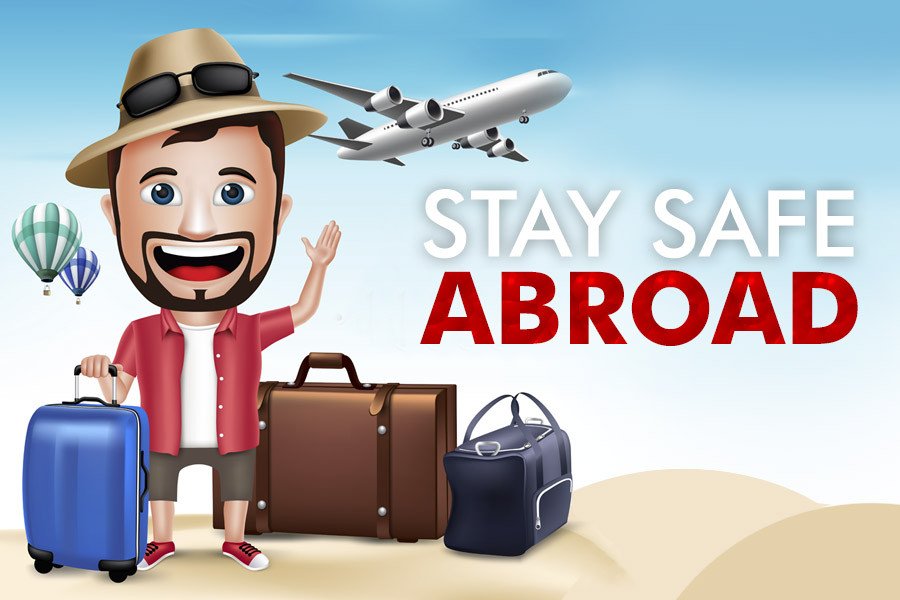During the preparation phase of your vacation, most people put a lot of time and effort into packing their luggage, ensuring that they have everything they could possibly need during their time away, such as medication, entertainment and outfits for every occasion, but one thing that few people ever consider before a trip is what they will wear to during the flight itself.
Surprisingly, there are several right and wrong things to wear during this part of the journey, things that will make your trip easier – like light jackets or a neck security wallet – and things that will make it harder to endure. Below, we have listed some suggestions to keep in mind when planning your ideal outfit for your next flight.
Upper Body
When you’re wondering what to wear for your next flight, loose, but warm clothes are the aim of the game. Most airlines offer very restrictive seats in their planes, so getting comfortable can be a huge chore, and that is a task that can only become more frustrating if your upper body is already being restricted by tight clothing. A light, loose t shirt can mean the difference between relaxation and discomfort, while tight or stiff clothing, such as button-up shirts, can become your enemy. It also helps in disguising your handy neck security wallet.
Further to this, the recycled air in a plane’s cabin and the fluctuating air pressure often means that you will become cold quickly, which is hard to counteract naturally. Like your t-shirt, a light and loose jumper or jacket will be necessary to ensure you do not become too uncomfortable, while also allowing you to easily put it on or take it off while you are confined to the limited space of your seat.
Lower Body
Unlike with your upper body, you will likely want your lower body to be clad in tight clothes like jeans. Shorts or skirts will leave your legs exposed to the cold cabin air, and quickly drain what little warmth you may have stored up prior to boarding. Tight legwear also provides a helpful advantage in managing the blood-flow throughout the lower body, protecting you from problems like Deep Vein Thrombosis. Consider a compression sleeve if you want to be extra cautious.
Footwear
Although it should be obvious by now, light footwear such as sandals will only leave your feet too exposed when you’re deciding what to wear for your next flight. However large, heavy shoes like boots with long laces are as much of a problem, though for a different reason.
One of the first things that come to mind when someone says “airport security” is the phrase “take off your shoes”, which is a common event travellers must endure during the check in process. Boots and shoes with long, complicated laces will often cause much frustration during this part of the process, so it is best to avoid this kind of footwear.
Try to stick to simple, loose-fitting shoes that can be slipped off easily or unzipped to help mitigate this moment.




